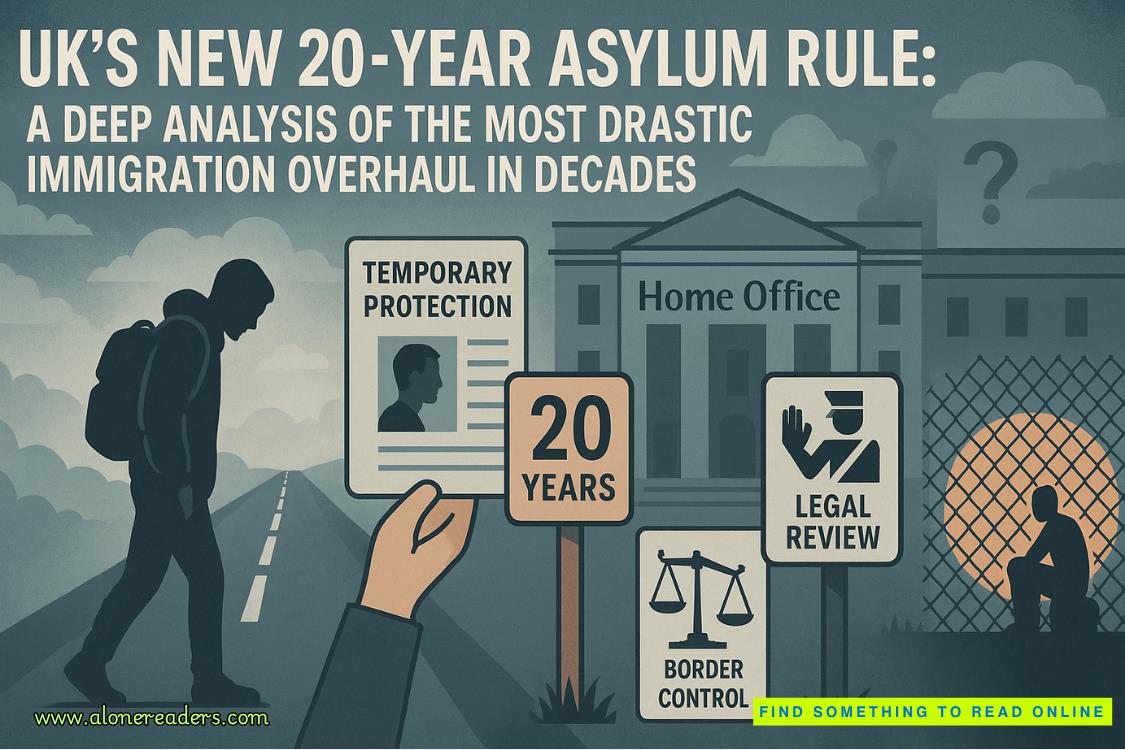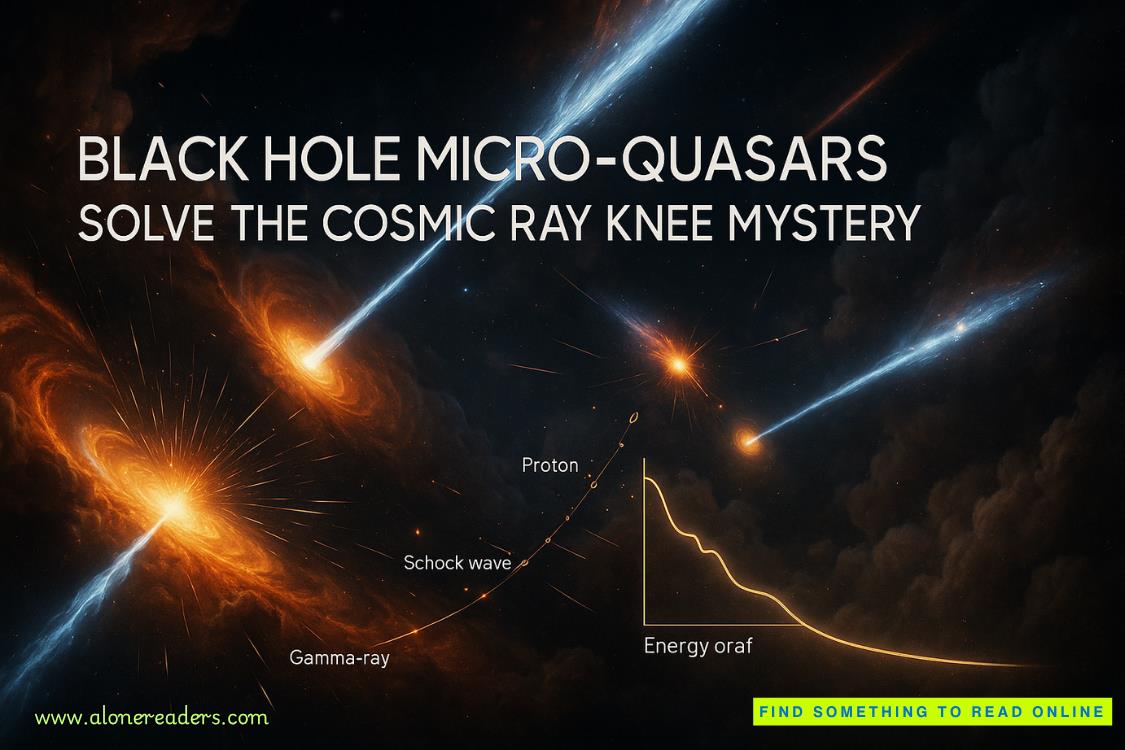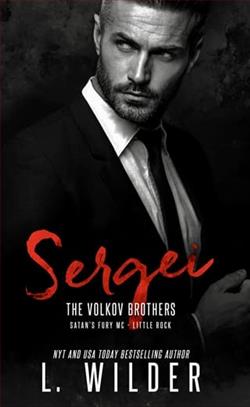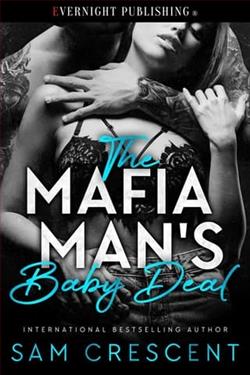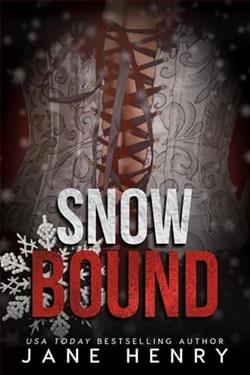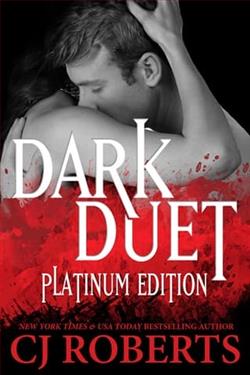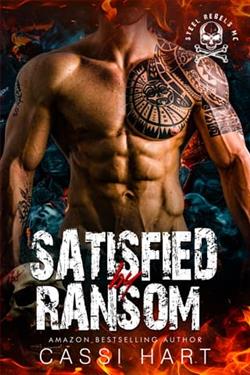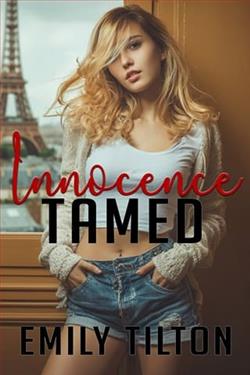Page 95 of The Garden of Forgotten Wishes
‘Here we are,’ he said unnecessarily, pulling up at the side of the road. ‘It’s just outside the Thorstane parish boundary, one of those strange old quirks on the map, and it was always the Jericho’s End church. I don’t know why they built it up here, unless it was because there isn’t much flat land down in the valley for a church and graveyard – or not land that doesn’t flood, as those monks obviously found.’
We got out and walked through a wooden gate and up a gravel path.
‘There’s a Grace family tomb behind the church in the oldest part of the graveyard – two, in fact, because Nathaniel Grace built one there, too. The Lordly-Graces have a newer plot in the graveyard behind the Victorian Gothic church in Thorstane. It’s a pretentious building with a door like something out of a Hammer horror film – we’ll drive past it in a bit.’
The door to the church was open, as Ned said it usually was, only being locked at night.
‘They don’t have anything valuable, just a few pewter candlesticks and embroidered hassocks, and I don’t think there’s a huge market for those.’
Oddly, it seemed smaller inside than out. The walls had been painted white and the pews were plain, dark wooden ones, shiny with use and polish. One worn stone step led up to a simple altar.
It had the indefinable atmosphere of an ancient holy place, peaceful, serene and slightly scented with the lingering traces of flowers and Calor Gas heaters.
The Angel Gabriel window was small and narrow, with a pointed top. He stood in the centre of the large panel, his name on a banner near his feet, in case you’d missed the clue in the church’s name or the large white lily he was brandishing. It was a very ancient window, the pieces of glass small and brightly coloured. The angel’s somewhat androgynous face was calm but stern, and his wings were folded. Over his head, in the topmost section, a host of smaller angels in gaily coloured robes were swooping about, holding what looked like harps and trumpets.
‘The Puritans never smashed this one: when the villagers of Jericho’s End heard what was happening in other churches, they came up here and took it away and hid it.’
‘Is that in Elf’s book, too? I must have missed it.’
‘I’m sure it’s in there somewhere, but it’s an old story and we all know it.’
‘It must have been a lovely thing for the congregation to look at during services. I’m not surprised that that little girl imagined an angel at the falls rather than a fairy, if she’d grown up seeing this one.’
I looked up at the window again. ‘The jolly little angels at the top look a lot more fun than Gabriel.’
‘Oh, I don’t know … The corners of his mouth look as if they’re curving up and he’s about to smile.’
We walked round the graveyard to look at Nathaniel’s stone and I wasn’t surprised to see a sailing ship carved on it. He lay under a lichened table tomb, surrounded by his descendants.
The older Grace tomb was half-hidden by grass and bushes near the back wall, evidently unused for a very long time and never visited.
Other than that, there seemed to be several local names represented, like Toller and Posset and even Vane – and a few Verdis, too.
‘I think the original Verdis who founded the café were Roman Catholic, but the nearest church would have been Great Mumming, so they must have come over to the Church of England, instead,’ Ned said.
We drove on into the very large village of Thorstane, which had shops, including a small supermarket, a Chinese takeaway and the horrible redbrick church Ned had described.
‘It’s the worst of Victorian Gothic, but over the moors there’s a house in that style that’s truly amazing, even if it is totally over the top: the Red House, where Clara Mayhem Doome and her family live.’
‘I’d like to have a look at that.’
‘It’s in Starstone Edge, which is a nice place to visit in late spring, or summer. It’s much higher than Thorstane and gets much more extreme weather in winter, though.’
He paused at the side of the road a bit further on and indicated a barn-like building opposite. ‘That used to be where the Strange Brethren held their blood-and-thunder meetings.’
I couldn’t imagine that the building ever looked church-like, but now there were cheery-looking posters on a board outside and the doors were painted bright red.
‘It fell into disuse well before my time, when the last of the old Brethren died off and the new generation didn’t take to the idea so much,’ he said. ‘But now, as the community centre, it’s the heart of the village and all sort of things go on in there.’
Then he looked at his watch and said he was hungry and why didn’t we go and have something to eat?
‘There’s a pub up on the edge of the moors, on the Starstone Edge road, where they do a good lunch, the Pike with Two Heads.’
‘OK,’ I agreed. ‘But why on earth is it called the Pike with Two Heads? Is it some sort of heraldic thing?’
‘You’ll see,’ he said mysteriously, and soon we’d left the last straggling cottages behind us and were driving up a single-track lane, to where a large, low old building stood alone, like an escapee from a Daphne du Maurier film, the sign painted with a two-headed fish flapping to and fro in the wind.
The pub took on a more modern and less creepy aspect as we approached, having added a new restaurant extension on one side of the old building, like that of the Devil’s Cauldron.
